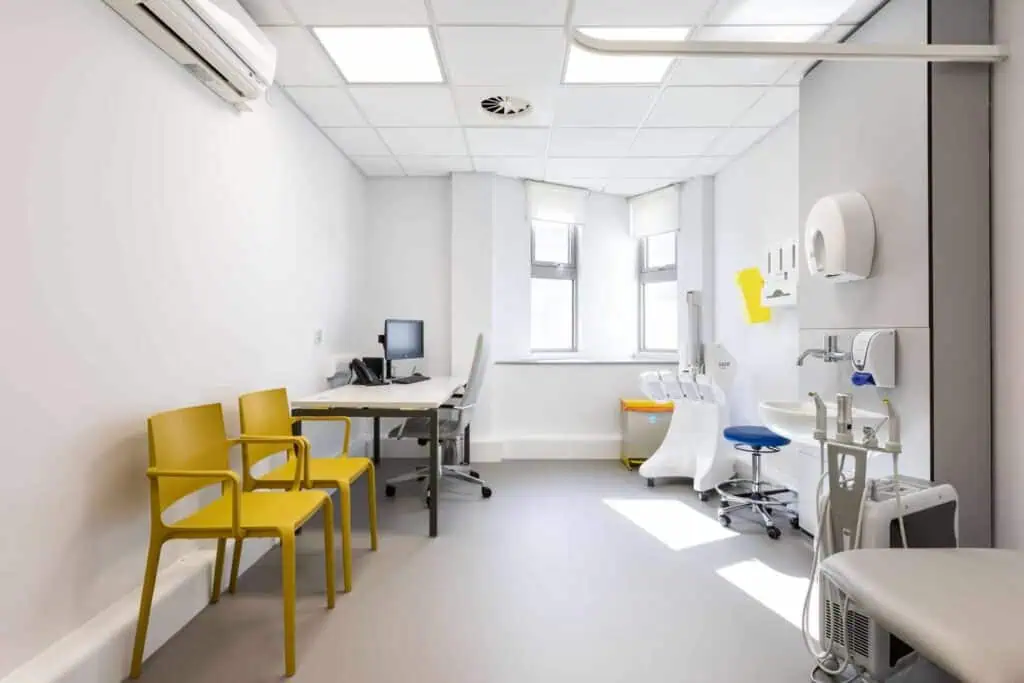Spider Veins Treatment
Home » Conditions » Spider Veins Treatment
Award winning dermatology service, with over 20 years on experience
Short waiting lists, on some occasions offering same week appointments
Safe environment, in Care Quality Commission approved facilities
SPIDER VEINS Treatments Include:
Specialist advice on Spider vein treatment
What are spider veins?

What is the main cause of spider veins?
Spider veins are usually caused by a condition called venous insufficiency, which makes it hard for the veins to work properly. It happens when the valves in the veins wear out or are damaged. These valves make sure that blood moves smoothly towards the heart and stops blood from going backwards. When the valves don’t work right, blood can pool or move backward. This raises the pressure inside the veins. Spider veins happen when the increased pressure causes the veins to get bigger and twist. Venous insufficiency and spider veins can be caused by many things, like genetics, age, gender, long periods of standing or sitting, being overweight, and being in the sun. Even though these things increase the chance of getting spider veins, they may not necessarily cause them to happen.
What is the best treatment for spider veins?
Spider veins can be treated in different ways, depending on how bad they are, if they are caused by venous insufficiency, and how healthy the person is generally. It’s important to remember that each person is different and that the choice of treatment should be made after a full evaluation. Here are some of the most popular ways to treat spider veins:
- Laser therapy: Concentrated light energy is used to target and get rid of spider veins. The laser heats the veins and seals them off, so they slowly go away. This method doesn’t hurt anyone and is usually well-tolerated. It may take more than one session to get all of the blood out of the lines.
- IPL treatment: High-intensity light pulses are used in IPL therapy to target and get rid of spider veins. The light energy is taken in by the blood vessels, which causes the blood vessels to get bigger and then fade away. IPL treatment may work well on smaller spider veins, but it may take more than one session to get the best results.
IS SPIDER VEIN TREATMENT SAFE?
IS IT PAINFUL TO REMOVE SPIDER VEINS?
Frequently Asked Questions
CAN I IGNORE SPIDER VEINS?
DO SPIDER VEINS MEAN POOR CIRCULATION?
DO SPIDER VEINS GO AWAY?
IS THERE A NATURAL WAY TO GET RID OF SPIDER VEINS?
DO SPIDER VEINS SPREAD OR GET BIGGER?
DO SPIDER VEINS GET WORSE WITH AGE?
REQUEST A CALL BACK
Please fill in this form and one of our team will give you a call back to arrange a consultation with one of our expert dermatologists.
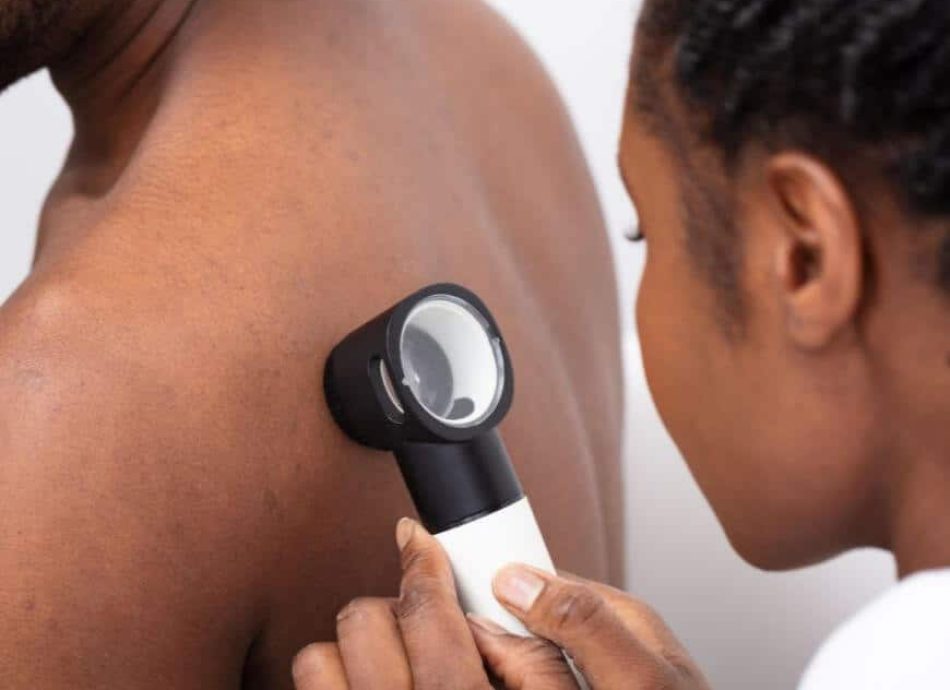
HEAR FROM OUR PATIENTS
Why Treat Your SPIDER VEINS at Stratum Dermatology Clinics?
We work with leading experts in the field of dermatology to ensure you have the best experience and spider veins treatment.
Stratum Dermatology Clinics are regulated by the Care Quality Commission, are part of the British Association of Dermatologists and are top-rated by patients on Doctify so you can assure safe and effective actinic keratosis treatment with us.
INSIGHTS AND ADVICE
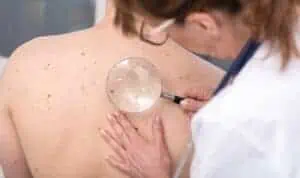
When Should I Worry About A Mole
WHEN SHOULD I WORRY ABOUT A MOLE? A mole is a coloured spot on the skin which is made up of a cluster of cells known as melanocytes which are responsible for producing the pigment in your skin. Sometimes these melanocytes grow in a cluster
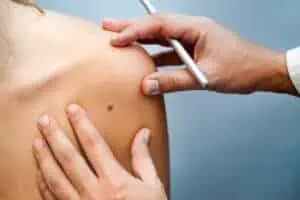
What are the common types of skin cancer?
WHAT ARE THE COMMON TYPES OF SKIN CANCER? There are three main types of skin cancer, basal cell carcinoma (BCC), squamous cell carcinoma (SCC) and melanoma. The first two are both known as non-melanoma skin cancer and are the most common varieties. Non-melanoma skin cancer
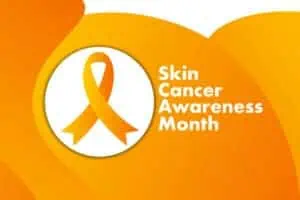
Skin Cancer Awareness Month
Skin cancer awareness month takes place every May with the aim of raising awareness of the dangers of unprotected sun exposure and educating on the ways skin cancer can be prevented. During skin cancer awareness month, the British Association of Dermatologists (BAD) also runs a
